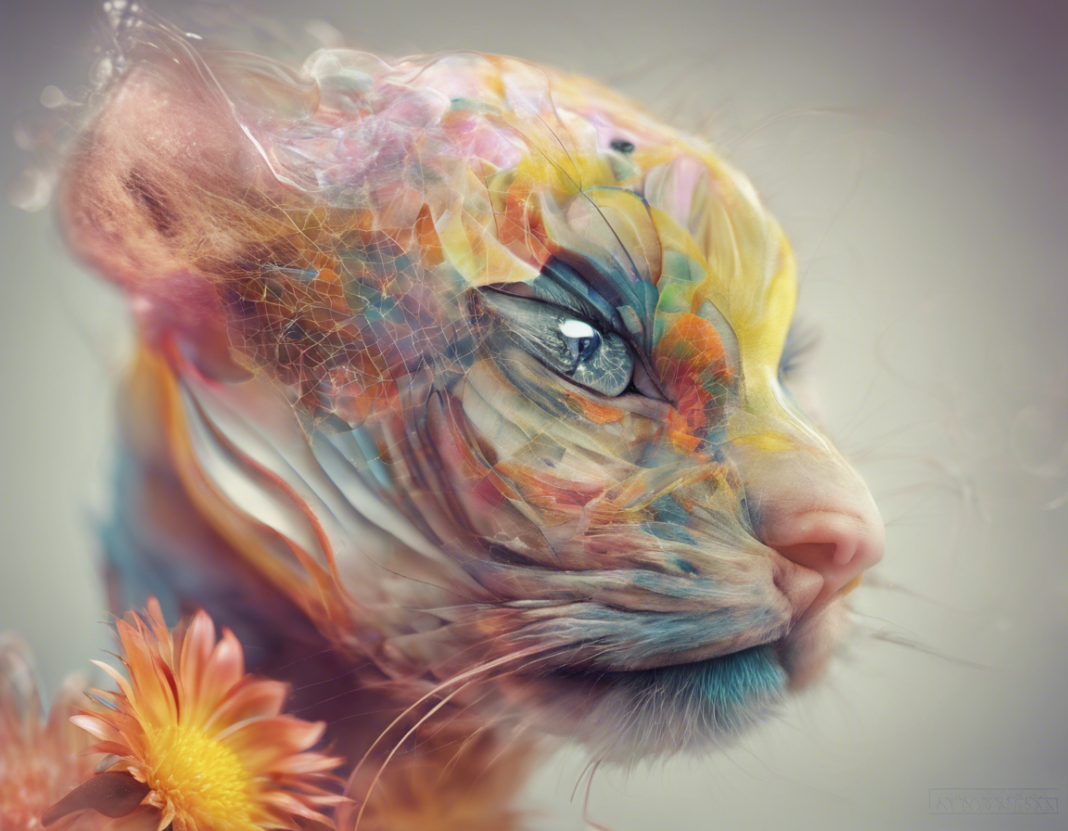In today’s digital age, creating captivating visuals is a crucial aspect of enhancing your blog and engaging your audience. Stunning images have the power to capture attention, evoke emotions, and make your content more memorable. Whether you are a seasoned blogger or just starting out, incorporating high-quality visuals into your blog can take your content to the next level. In this comprehensive guide, we will explore various strategies and tips on how to make the most of visuals to enhance your blog.
Why Are Visuals Important for Your Blog?
Visual content plays a significant role in grabbing the attention of your audience and keeping them engaged. Here are some reasons why visuals are essential for your blog:
-
Increased Engagement: Posts with visuals receive higher engagement rates compared to text-only posts.
-
Improved Retention: Visuals help in improving content retention as our brains process visual information more quickly than text.
-
Enhanced Branding: Consistent use of visuals that align with your brand’s aesthetic can help in creating brand recognition.
-
SEO Benefits: Optimized images can improve your blog’s SEO performance by driving traffic through image search results.
-
Social Media Appeal: Visuals are more likely to be shared on social media platforms, increasing your blog’s reach and visibility.
Tips for Using Stunning Images in Your Blog:
1. Choose High-Quality Images
When selecting images for your blog, ensure they are of high quality. Blurry or pixelated images can appear unprofessional and deter readers from engaging with your content.
2. Optimize for Web
Optimize your images for the web by resizing them appropriately and compressing them to ensure faster loading times. Slow-loading images can increase bounce rates.
3. Use Relevant Images
Select images that are relevant to your content. Your visuals should enhance your message and provide additional context to your written content.
4. Incorporate Variety
Use a mix of images, such as photographs, illustrations, infographics, and videos, to create visual interest and keep your audience engaged.
5. Add Text Overlay
Consider adding text overlay to your images to highlight key points, quotes, or stats from your blog post. This can make your visuals more informative and shareable.
6. Create Custom Graphics
Design custom graphics that reflect your brand’s style and personality. Tools like Canva and Adobe Spark can help you create visually appealing graphics even if you’re not a professional designer.
7. Maintain Consistency
Establish a visual style guide for your blog to ensure consistency in colors, fonts, and image treatments. This can help in reinforcing your brand identity and creating a cohesive look across your blog.
8. Opt for Original Images
Whenever possible, use original images to make your blog stand out. This could include photographs you’ve taken yourself or custom graphics created specifically for your content.
9. Consider Accessibility
Ensure your images are accessible to all users, including those with visual impairments. Add alt text to describe your images and use descriptive filenames for better SEO.
10. Test and Analyze
Monitor the performance of your visuals using analytics tools to understand which types of images resonate best with your audience. Use this data to refine your visual strategy over time.
Frequently Asked Questions (FAQs) About Enhancing Your Blog with Stunning Images:
1. How do visuals impact the overall user experience of a blog?
Visuals play a crucial role in enhancing the user experience of a blog by making content more engaging, memorable, and easier to consume. They can help break up text, provide visual cues, and create a more aesthetically pleasing browsing experience for readers.
2. What are some best practices for sourcing images for my blog?
When sourcing images for your blog, it’s essential to use royalty-free or licensed images to avoid copyright infringement. You can find high-quality images on stock photography websites like Unsplash, Pexels, and Shutterstock. Alternatively, you can create your own images or hire a professional photographer or designer.
3. How can I optimize images for SEO on my blog?
To optimize images for SEO, make sure to include relevant keywords in the image filename, alt text, and image descriptions. Compress images to reduce file size and improve loading times. Additionally, consider creating an image sitemap to help search engines index your visuals.
4. What are some common mistakes to avoid when using images in a blog post?
Some common mistakes to avoid when using images in a blog post include using irrelevant visuals, selecting low-quality images, neglecting image optimization, and overloading your post with too many visuals. It’s essential to strike a balance and ensure that your images enhance your content rather than distract from it.
5. How can I track the performance of visuals on my blog?
You can track the performance of visuals on your blog using analytics tools like Google Analytics. Pay attention to metrics such as engagement rates, bounce rates on visual-heavy pages, and conversion rates for posts with specific visuals. This data can help you understand how visuals are impacting the overall success of your blog.
In conclusion, integrating stunning images into your blog is a powerful way to elevate your content and engage your audience. By following the tips outlined in this guide and being mindful of best practices, you can create a visually appealing blog that resonates with your readers and helps you achieve your blogging goals. Remember, a picture is worth a thousand words, so make sure your visuals tell a compelling story alongside your written content.
